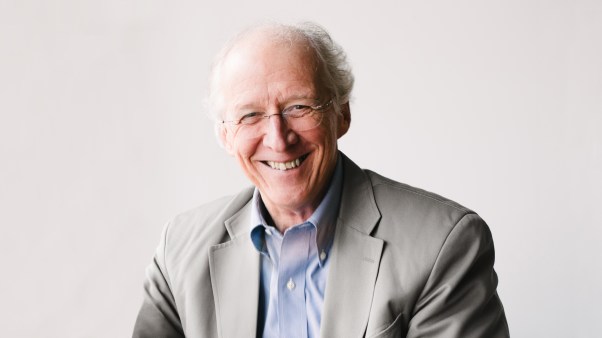If, as the Chinese proverb says, women hold up half the sky, then brace yourself—the sky is falling.
In Unnatural Selection: Choosing Boys Over Girls and the Consequences of a World Full of Men (Public Affairs), journalist Mara Hvistendahl sounds the Henny Penny alarm: Population control methods used for decades in China, India, South Korea, and other countries have skewed sex ratios to biologically impossible levels. She first noticed the problem while visiting a Chinese kindergarten class in 2000: “In the sea of tiny smiles that greeted us, boys outnumbered girls.” Her teacher explained the disparity was the result of women getting prenatal scans and aborting female fetuses. This compelled Hvistendahl to investigate the societal implications of a world with tens of millions more men than women.
Most cultures have tended to favor boys over girls. Boys carry the family name, cost less to marry off, and have better access to education than girls. It’s no surprise then that when South Korea and China launched population control efforts in the 1960s, many couples aborted or abandoned their girls. Ultrasounds and abortion have claimed over 160 million unborn girls in Asia alone—the equivalent of the entire current U.S. female population being wiped out.
Yet cultural preferences and China’s one-child policy don’t explain why girls have also gone missing from Albania and Azerbaijan, and why sex ratio imbalance is now appearing in Europe. The global problem demanded a global theory, and Hvistendahl’s is this: Sex selection has arisen out of a drive to control population size, using technology (primarily ultrasound) and abortion as handmaids. And Hvistendahl charges that it’s powerful Western institutions—think General Electric, Rockefeller, the Ford Foundation—that are largely responsible for the world’s gender crisis, for providing the necessary technology.
Hvistendahl also reports that Western groups have funded population control, a fact kept under wraps until Planned Parenthood and the Rockefeller Foundation recently opened their early files. They reveal billions of U.S. dollars sent to India for food loans and public health projects conditioned on population control. The West held its debtor nations hostage, relying on reproductive extortion, which included sterilization campaigns in India, South Korea, and China, and forced abortions and exorbitant fines for more than one child.
The One Solution
To Hvistendahl, sex selection is an issue of women’s rights; that is, abortion is bad if it involves a motive to select the sex of a child, but good if it involves a woman’s right to choose. For example, Hvistendahl expresses outrage that Chinese women underwent 67 million abortions from 1981 to 1986, because they were pressured to select for sex. One page later, she notes how “refreshing” it was to count five flyers on a Chinese outhouse wall that advertised where to get an abortion.
Sorry, Hvistendahl, this is where you lose me. How can a problem in China and India pose such a grave threat to the world, yet we continue to abort 3,700 babies every day in the United States? Hvistendahl is unwilling to declare when life begins, yet it apparently begins early enough in China and India to be gravely concerned. In North America, we can feel grave concern only for the women who are forced to have abortions. Never mind that along with the 160 million missing girls in Asia are millions more boys and girls in America that have gone missing since Roe v. Wade.
Unnatural Selection is a comprehensive, insightful look at our world’s extreme sex ratio imbalance. I just wish Hvistendahl had offered the one solution that would solve the world’s gender imbalance: stop killing fetuses altogether, and let nature’s 105:100 sex ratio find its balance. In other words, let men and women hold up the whole sky—together.
Marian V. Liautaud is an editor for Christianity Today Internatonal’s church management resources and GiftedforLeadership.com.
Copyright © 2011 Christianity Today. Click for reprint information.
Related Elsewhere:
Unnatural Selection is available from Amazon.com and other book retailers.
Read our accompanying interview of freedom fighter Chai Ling and her work with All Girls Allowed.
CT also has more music, movies, books, and other media reviews.










